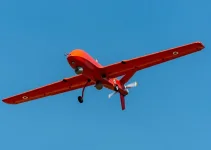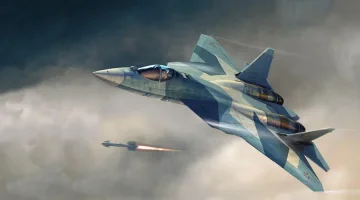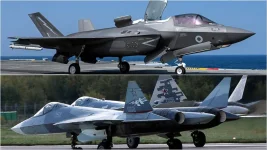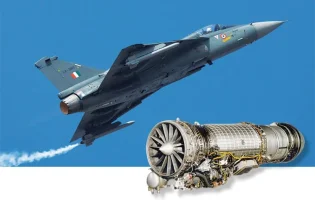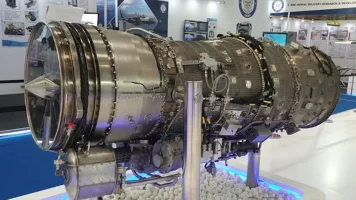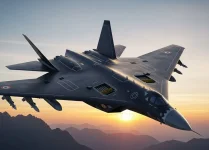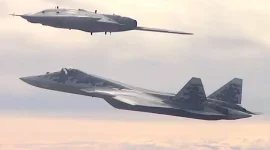- Views: 379
- Replies: 20
The Indian Air Force (IAF) is navigating a critical period of modernisation, facing the urgent task of replacing its ageing fleets of Jaguar, Mirage-2000, and MiG-29 fighter jets.
To maintain its combat edge, a growing consensus suggests that the current commitment to procure 120 indigenous Tejas Mk2 aircraft may be insufficient, with compelling strategic arguments favouring an expanded order of at least 200 units.
A primary concern for the IAF is its declining number of fighter squadrons. The force currently operates with approximately 31 squadrons, well below the 42 squadrons sanctioned by the government to effectively manage a potential two-front conflict.
The impending retirement of the Jaguar deep-penetration strike aircraft, along with the versatile Mirage-2000 and upgraded MiG-29 multi-role fighters, threatens to widen this gap significantly.
These aircraft have formed the core of India’s air power for decades, and their phase-out will leave a substantial void in the crucial medium-weight category.
The Tejas Mk2 has been developed specifically to fill this role. It is a major advancement over its predecessor, the Tejas Mk1A, designed as a more capable medium-weight fighter.
The Mk2 will be powered by the more powerful General Electric F414 engine, allowing it to carry a larger payload of weapons and fuel, significantly extending its range and combat capability.
Equipped with advanced systems like an indigenous Active Electronically Scanned Array (AESA) radar and an Infrared Search and Track (IRST) system, the aircraft is engineered to replace the capabilities of the retiring fleets.
This indigenous development is also central to India's Aatmanirbhar Bharat policy in national defence.
While the IAF is also pursuing the acquisition of 114 foreign jets under the Multi-Role Fighter Aircraft (MRFA) program, this process is subject to potential delays, cost escalations, and complex negotiations.
High-performance aircraft like the French Rafale, a strong contender in the MRFA, are expensive strategic assets. They are unlikely to be used as the everyday workhorses required for maintaining a high operational tempo.
The Tejas Mk2, being an indigenous and more cost-effective platform, is perfectly suited for this workhorse role, performing a wide range of missions in large numbers.
Official timelines indicate that the Tejas Mk2 could begin replacing Mirage-2000 and MiG-29 squadrons from the mid-2030s. However, the existing order of 120 aircraft will not be enough to replace the outgoing jets on a one-to-one basis.
Defence analysts and reports indicate that the IAF is considering increasing its order to 200 or even 250 aircraft to ensure its mid-tier combat fleet remains robust.
Ramping up production, possibly by involving private sector companies alongside the state-owned Hindustan Aeronautics Limited (HAL), will be critical to meeting these numbers in a timely manner.
Expanding the Tejas Mk2 fleet to 200 units would provide a range of strategic benefits. It would create greater fleet standardisation, simplifying training, maintenance, and logistics, which in turn reduces operational costs.
Most importantly, it would ensure India possesses a formidable and self-reliant air force, capable of safeguarding its skies without being overly dependent on foreign suppliers.
A strong, domestically produced Tejas Mk2 fleet would serve as the backbone of the IAF for decades to come, providing a stable foundation as more advanced, next-generation aircraft are inducted.

